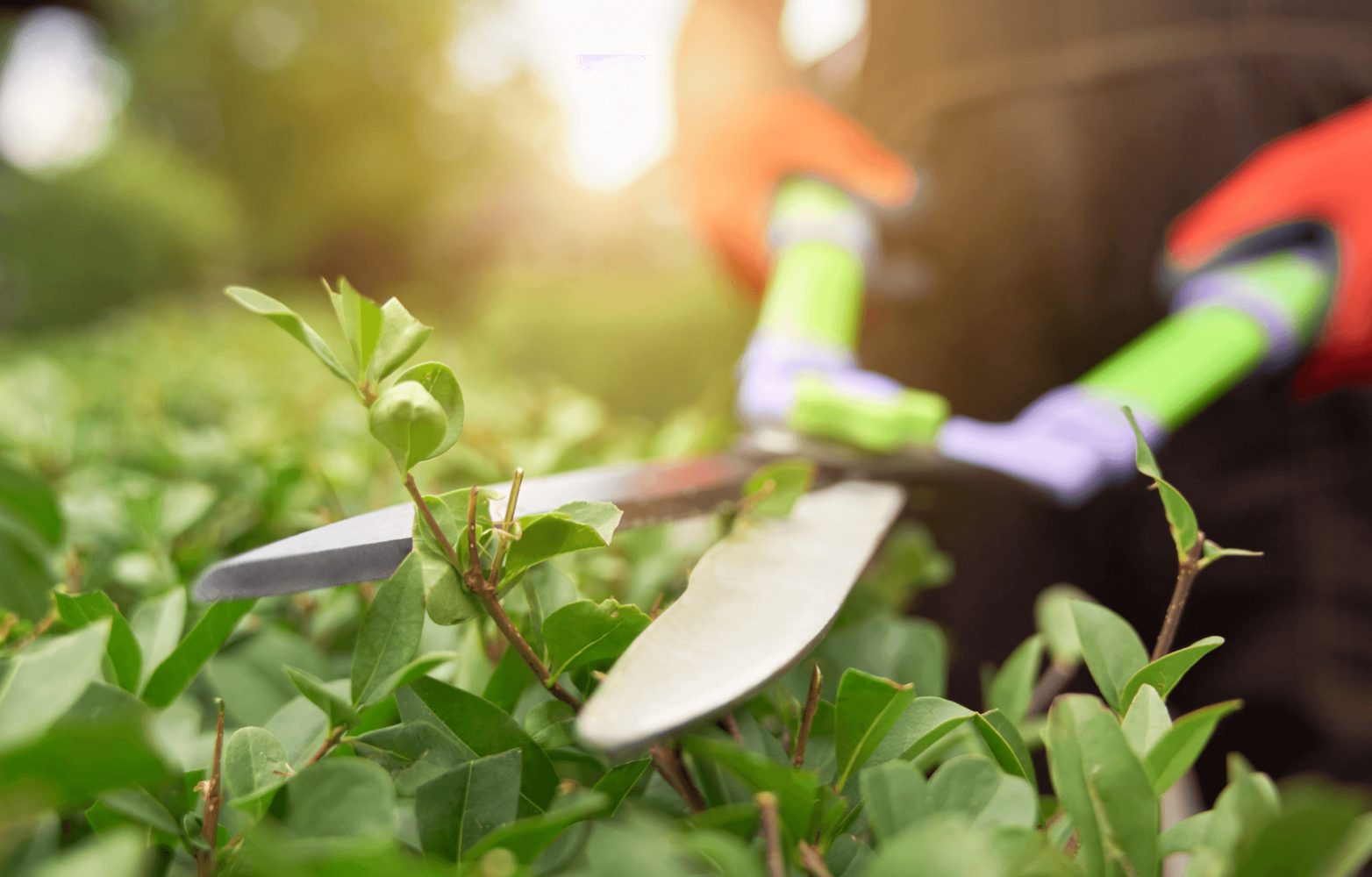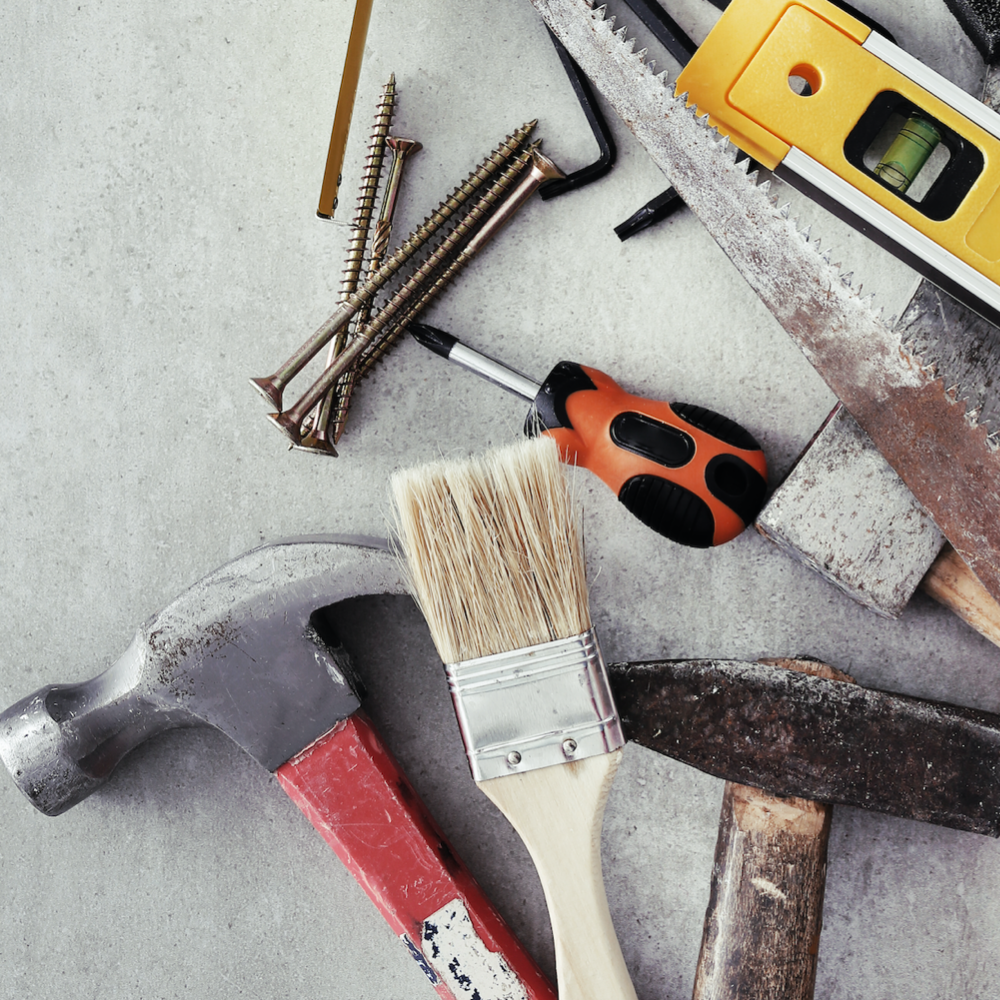
- Events
- Australia Day
- Bastille Day
- Burns Night
- Christmas
- Day of the Dead
- Eurovision
- Festivals / Summer
- Halloween
- Halloween Accessories
- Nativity
- Oktoberfest
- Olympics
- Pride
- Red Nose Day
- School Play Costumes
- St Andrew's Day
- St Davids Day
- St Georges / England Supporters
- St Patricks Day
- Six Nations Rugby
- Stag Do
- Summer
- Thanksgiving
- VE Day
- World Book Day
- Adult World Book Day Costumes
- 4th July

- Themes
- Animals
- Around The World
- Book Characters
- British
- Chocolate Factory
- Cops & Robbers
- Cosplay
- DC
- Doctors and Nurses
- Fairytale
- Funny / Novelty
- Gangster
- Harry Potter
- Hawaiian / Summer
- Heroes and Villains
- Historical
- Army, Air Force & Naval
- Mexican Fiesta
- Pick Me Up
- Pink Cowgirl Hat Aesthetic
- Pirates
- Popstars and Celebrities
- Pre Historic
- Religious
- Sexy Costumes
- Sports
- Star Wars
- Steampunk
- Suits
- Tiger King
- TV, Film and Game
- Wild West
- Wizard of Oz
- Wizards & Witches
- 2000s
- 1990s
- 1980s
- 1960s 1970s
- 1950s
- 1940s
- 1920s

- Cosmetics
- Body Crayons
- Eye Liner
- Fabric Paint
- Face & Body Paint
- Face Jewels
- Fake Blood
- FX Fluids
- Glitter Fixatives
- Glitter Gel
- Glitter Shaker
- Hair Colour Spray
- Hair Gel
- Hair Streaks
- Lipgloss
- Lipstick
- Lip Tattoos
- Loose Glitter
- Mascara
- Nail Polish
- Pigment Shakers
- Pro Face Paint Cake Pots
- Scars, Wounds, Prosthetics & FX

- Accessories
- Bandanas & Scarves
- Belts
- Braces
- Capes
- Elf Accessories
- Eye Lashes
- Facial Hair
- Feather Boas
- Glasses
- Gloves
- Guns, Weapons & Swords
- Hats & Headwear
- Hosiery
- Inflatables
- Jewellery
- Masks
- Masquerade Masks
- Nipple Pasties
- Pacifiers
- Props
- Sets & Kits
- Shoe Covers
- Shoes / Boots
- Sleeves
- Teeth
- Ties & Bowties
- Tutus & Underskirts
- Wigs
- Wings & Wands
- Other

- Gifts by Category
- Alternative
- Balloon Dog Sculptures
- Batteries
- Colouring Books
- Decorative Accessories
- Food & Drink
- Fragrance
- Gadgets & Tech
- Gift Sets
- Gifts for the Home
- Homeware
- Jewellery
- Keepsakes
- Knitting Wool
- Life
- Luggage & Suitcases
- Miscellaneous
- Ornaments
- Personalised Gifts
- Puzzle Books
- Puzzles
- Slippers
- Smoking
- Stationery
- Umbrellas
- Vehicle
- Wallets & Purses
- Warmies


-
- Australia Day
- Bastille Day
- Burns Night
- Christmas
- Day of the Dead
- Eurovision
- Festivals / Summer
- Halloween
- Halloween Accessories
- Nativity
- Oktoberfest
- Olympics
- Pride
- Red Nose Day
- School Play Costumes
- St Andrew's Day
- St Davids Day
- St Georges / England Supporters
- St Patricks Day
- Six Nations Rugby
- Stag Do
- Summer
- Thanksgiving
- VE Day
- World Book Day
- Adult World Book Day Costumes
- 4th July
-
- Animals
- Around The World
- Book Characters
- British
- Chocolate Factory
- Cops & Robbers
- Cosplay
- DC
- Doctors and Nurses
- Fairytale
- Funny / Novelty
- Gangster
- Harry Potter
- Hawaiian / Summer
- Heroes and Villains
- Historical
- Army, Air Force & Naval
- Mexican Fiesta
- Pick Me Up
- Pink Cowgirl Hat Aesthetic
- Pirates
- Popstars and Celebrities
- Pre Historic
- Religious
- Sexy Costumes
- Sports
- Star Wars
- Steampunk
- Suits
- Tiger King
- TV, Film and Game
- Wild West
- Wizard of Oz
- Wizards & Witches
- 2000s
- 1990s
- 1980s
- 1960s 1970s
- 1950s
- 1940s
- 1920s
-
- Body Crayons
- Eye Liner
- Fabric Paint
- Face & Body Paint
- Face Jewels
- Fake Blood
- FX Fluids
- Glitter Fixatives
- Glitter Gel
- Glitter Shaker
- Hair Colour Spray
- Hair Gel
- Hair Streaks
- Lipgloss
- Lipstick
- Lip Tattoos
- Loose Glitter
- Mascara
- Nail Polish
- Pigment Shakers
- Pro Face Paint Cake Pots
- Scars, Wounds, Prosthetics & FX
-
- Bandanas & Scarves
- Belts
- Braces
- Capes
- Elf Accessories
- Eye Lashes
- Facial Hair
- Feather Boas
- Glasses
- Gloves
- Guns, Weapons & Swords
- Hats & Headwear
- Hosiery
- Inflatables
- Jewellery
- Masks
- Masquerade Masks
- Nipple Pasties
- Pacifiers
- Props
- Sets & Kits
- Shoe Covers
- Shoes / Boots
- Sleeves
- Teeth
- Ties & Bowties
- Tutus & Underskirts
- Wigs
- Wings & Wands
- Other







-
- Alternative
- Balloon Dog Sculptures
- Batteries
- Colouring Books
- Decorative Accessories
- Food & Drink
- Fragrance
- Gadgets & Tech
- Gift Sets
- Gifts for the Home
- Homeware
- Jewellery
- Keepsakes
- Knitting Wool
- Life
- Luggage & Suitcases
- Miscellaneous
- Ornaments
- Personalised Gifts
- Puzzle Books
- Puzzles
- Slippers
- Smoking
- Stationery
- Umbrellas
- Vehicle
- Wallets & Purses
- Warmies

How to Use a Caulking Gun: A Step-by-Step Guide
by Darren Butler
Last updated: Jun 27, 2025

A caulking gun is an essential tool for anyone involved in DIY or home improvement projects. Whether you are sealing cracks in the walls, filling gaps in windows and doors, or waterproofing your bathroom, the caulking gun allows for a clean and professional finish. In this guide, we’ll walk you through everything you need to know about using a caulking gun, from preparation to application, ensuring you achieve flawless results.
What Is a Caulking Gun?
A caulking gun is a hand-held tool used for dispensing caulk, silicone sealant, or adhesive from a tube. The design of the gun makes it easy to control the flow of the substance, ensuring precision when sealing joints or cracks. Typically, the gun has a trigger mechanism that allows you to apply even pressure to the tube, enabling the caulk or sealant to come out smoothly and in a steady stream. Whether you are applying silicone to seal your windows or using an acrylic filler for your kitchen worktops, a caulking gun provides the best way to achieve a seamless finish.

Choosing the Right Caulk
Before diving into the process of using a caulking gun, it’s important to select the right caulk for your project. In the UK, you'll find various types of caulk available, each suited for specific tasks. Silicone sealant is one of the most common and versatile options, ideal for areas exposed to moisture such as bathrooms, kitchens, and around windows. For indoor use where flexibility and paintability are required, acrylic or acrylic latex caulks are ideal. For outdoor projects, polyurethane or hybrid sealants offer the durability and weather resistance needed.
Preparing the Caulking Gun
Once you have your caulk and caulking gun, it’s time to prepare the tool. Begin by ensuring that the gun is clean and free of any residue from previous projects. Most caulking guns have a metal rod or plunger that needs to be pushed back before inserting the tube of caulk. Simply pull the rod back and unlock the catch to allow the plunger to move freely. Then, insert the tube of caulk into the barrel of the gun, ensuring it is seated properly.

If you are using a cartridge that has a nozzle, you’ll want to cut the tip of the nozzle at an angle. The size of the cut determines the width of the bead, so it’s essential to choose the right angle for the job. A 45-degree angle is typically ideal for most tasks, but you can adjust the angle depending on the job at hand. Use a utility knife or scissors to make a clean, even cut.
Loading the Caulking Gun
After preparing the tube, load it into the caulking gun. You’ll notice a metal rod or plunger inside the gun, which helps to push the caulk out as you pull the trigger. Place the caulk tube with the nozzle facing outward into the gun’s barrel, making sure it sits snugly. Pull the plunger back into position until it clicks into place, which will ensure that the caulk is secure and ready to use.

Applying the Caulk
Now that your caulking gun is ready, it’s time to start applying the caulk. Hold the gun with a firm grip, and position the nozzle at the edge of the gap or seam you wish to seal. To begin dispensing the caulk, gently squeeze the trigger. The caulk will start flowing from the nozzle and should create a smooth, continuous bead.
As you apply the caulk, keep the nozzle at a consistent angle and distance from the surface to maintain an even bead. You should aim to move steadily along the gap or seam, applying even pressure to the trigger. Try not to rush the process; take your time to achieve the best finish. If the bead of caulk starts to build up too quickly, you can adjust the pressure on the trigger for a more controlled application.

Smoothing the Caulk
Once the caulk is applied, you’ll need to smooth it out for a professional finish. This step is crucial for ensuring a neat, clean result that blends seamlessly with the surrounding area. There are several ways to smooth out caulk, but one of the easiest methods is to use a damp finger or a caulking tool. Simply dip your finger or the tool into water, and gently smooth the caulk along the seam, ensuring it fills the gap completely and evenly.
If you’re working in a particularly tricky area, such as corners or intricate edges, you can use a specialized caulking tool to get into hard-to-reach places. These tools often have flexible edges that allow you to work around curves and corners without making a mess.
For those who prefer a sharper finish, you can use painter’s tape to mask off the areas around the gap before applying the caulk. After smoothing the caulk, simply remove the tape while the caulk is still wet for a crisp, professional line.

Cleaning Up
After you’ve finished caulking, it’s essential to clean your tools to prevent any dried caulk from building up. If you’re using silicone or another waterproof sealant, clean the caulking gun and any applicator tools with mineral spirits or a solvent recommended by the manufacturer. For non-waterproof caulks, warm water and soap should do the trick.
Ensure you remove any excess caulk from the nozzle of the caulking tube as well. If you leave the nozzle clogged, it will be much harder to use the caulking gun next time.
Troubleshooting Common Problems
While using a caulking gun is a straightforward process, there are a few common issues that might arise. One of the most common problems is the caulk not flowing evenly or at all. If this happens, make sure the nozzle is clear and that the plunger is functioning correctly. If the plunger is stuck or the tube is jammed, gently tap the gun on the surface to dislodge any blockages.
Another issue you may encounter is the caulk drying too quickly. This can happen if you’re working in a hot or dry environment. To avoid this, try to caulk in cooler conditions, or mist the surface with a little water before applying the caulk.
If your caulk is bubbling or showing air pockets, it may be due to applying too much pressure or moving too quickly. Be sure to move slowly and consistently for the best results.

Conclusion
Using a caulking gun is a relatively simple yet highly effective way to seal gaps and cracks in your home. With a little practice and the right technique, you can achieve a smooth, professional finish that will last for years to come. Remember to choose the right type of caulk for your project, prepare your caulking gun properly, and take your time applying and smoothing the sealant. By following these steps and taking care during the process, you’ll ensure that your DIY projects not only look great but are sealed properly for long-term durability.
- Menu
- Fancy Dress
- Electronics & Gaming
- Clothing
- Pet Products
- Garden
- Tools & DIY
- Home & Leisure
- Gifting & Parties
- Toys
- Information
- About Us
- Become a seller
- Affiliate Programme
- Frequently Asked Questions
- Returns and Refunds
- Terms And Conditions
- Privacy Policy
- View our blog
- Featured
- View more
- Customer Care
- [email protected]
- +44 (0) 1702 617821
- ILFD Group Ltd T/A Cazaar®
- Company Number: 07034824









































































